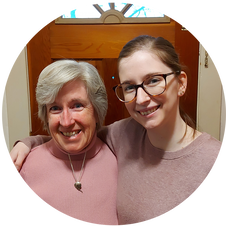the next before stitching the light color. It doesn't show through if you stitch the light color first and carry the dark thread across. However, just in case it did show through, I have stitched the light background first then started stitching the inner red line before I started the trees. I placed the tree in the corner first and did not run my starting thread under the light background. Once the tree was complete, I ran the green thread under the red stitching at the base of the tree then over the light stitches (not under them) to the next tree above it. In this way, I don't carry the thread over the light color very much and it doesn't show through. I am working my way up the left side of the rug in this fashion, first stitching the background, then the tree.
As you can also see, I once again, have not started in the middle of the pattern. This is simply my preference and your rugs can be started in the middle if you prefer that. When starting in a corner, I simply make sure my gauze is big enough to fit the frame and I choose a frame that has an opening that the rug will fit inside. I have the inside measurements of the frame opening written on the top of each frame so that I may choose the correct one for my project. This one is 1/2" larger in both directions so that I know it will fit. I start in a bottom corner and work my way outwards. Since I work my rugs this way, I do not have to make sure the center of my gauze is in the center of the fame opening. My rug will always fit and I won't have to re-position my gauze if I started in the middle and made a mistake finding the center. To reduce counting, I work partway across and up then begin the background and motifs of the border. This way, I work my way up and across using my motifs to count my way. The largest stretch that I have to count in the border of this rug is 5 rows - a very easy number to follow. Once I have made my way to the top left corner and the bottom right corner, I begin working across the top and up the right side until they meet at the top right corner. As long as I have made no mistakes when counting out the border, everything should match up easily and the inner section of the rug will be easy to stitch.
0 Comments
on the frame. I then trimmed the fabric so that approximately 1/8" or more remained, clipped the corners, then turned the pillows inside out so that the outsides of the pillows showed. They were very easy to stitch together but it was a challenge getting the pillow turned and they are smaller than the others. I will most likely make a braid using the colors in the pillows and put it onto them to make them appear larger.
The pillow on the left was finished by stitching a front and a back for it, then folding the trimmed edges back right to the stitching, ironing them then folding the pillow in half and stitching it together using a running stitch. This one had much sharper corners, was easy to stitch together but because I used a running stitch, I can see a bit of the white threads of my silk gauze if I look closely. For this reason, I will also be putting a braid around it to finish it off. The pillow on the right was finished by stitching a front and back like I did for the pillow on the right but this time I folded the fabric back leaving one row visible just like I do for my rugs. I folded the pillow in half then stitched it together using an overcast stitch just like I do on my rugs. This pillow also ended up with nice, sharp corners but unlike the one on the left, I do not need to put a braid around it to finish it off. All three methods of finishing have merit depending on what look you are going for in your finished pillows but the easiest one is the one on the right. I will be writing a tutorial later that details each of the finishing techniques, along with photos so that you may also see clearly how I did each one. This past week, I have been having a lot of fun working on the middle sections of the rug. I have decided to work from the corners towards the center. The main corner I am working is the bottom left, but if I have a lot of thread left in a color I won't be using close by, I have been ending the thread and working the opposite corner. This is why the opposite corner has a lot less finished.
You will notice that there are a couple of threads that are still attached to the little motif on the left side near the halfway point of the side. These threads lead upwards, away from my stitching and are placed outside the stitching area of the rug. This method is called "parking" your thread and is used when you are going to be using that color again soon but don't wish to count to the next place you are going to use it. I often make mistakes if I have to count too far without other stitches close by for reference, so I do this to save the thread until I have done some more stitching close by and can count easier. It saves me having to end off my thread and start again. I keep the end of the thread far away from my stitching area so that I don't accidentally stitch the end in with my work. Sometimes stitchers will leave the needle threaded with the color and "park" the needle on a magnet they have attached to the side of their frame (or if using foam core, they can poke it into the foam on the side). This way, they have multiple needles in use and don't have to keep re-threading their needle when switching to different colors. I will also "park" threads if I am using a dark color and have a light color to stitch between the dark color and the next dark area. This is because if you carry the dark thread across before stitching the light color, it will show through. If the dark color runs across the light area after the light area is stitched, it won't show through. Ideally, it is best to run the dark thread under another equally dark thread to get to the next dark area, but sometimes this isn't possible.
of un-picking it all over again, so I took a scary plunge and carefully cut off the top half of the left black border and added a patch of gauze. The patch overlapped the red section (underneath before the upper half of the red was stitched) along with about 1/4" of the black border and allowed me a clean slate to stitch it again without taking the risk of putting holes in the gauze if I un-picked again. I tack-stitched it into place and stitched the red part of the border in one and a half inch increments and the black border in the same increments afterwards. To make the transition of the black border seamless near the center, I un-picked about 1/4" of the black border, then re-stitched it to catch the patch in it as well. As I completed parts of the red border, I removed the tack stitches so that I wouldn't have to try and stitch over top of them.
This time, the black border went without difficulty and I was able to reach the upper corner. Finally!! The patch that I put in is not visible now that I have stitched it in place with the red and, since it overlaps about 1/2 inch, it is good and strong. In this photo, it is only visible above the left corner, where you can still see the tack stitches. The black stitching across the middle of the red border are to hold the bottom edge of the patch in place so it wouldn't move as I stitched the red border. When I complete the rug and do the overcast stitch at the end, you won't see it at all, either from the front or the back. Doing this patch saved me hours of un-picking and frustration as well as saving me from having to start the rug over again. I still seemed to make mistakes regularly along both sides of the border but was able to catch them very quickly and fix them before I got too far. Once my two upper corners were in place, I was able to work the top red border fairly easily and, miracle of miracles, I didn't make a mistake across the top!! I am hoping the rest of the rug goes smoothly now that I have completed the worst of the borders. Looking back, I have been wondering how I made so many mistakes when I have never done so to such an extent before. Part of it, I think, is that I am using 48 count gauze for the first time after getting used to 40 count. This can make it difficult to see the individual holes. Another part, I think, is that I need new glasses. Luckily, I have an optometrist visit coming up in 3 days so this should be fixed soon. The last part of the problem, I believe, is the fact that my Grandmother died just before I started this rug and I was emotionally and physically exhausted. Note to self: Don't do any complicated patterns when exhausted! I put it aside for a few weeks to work on some less demanding miniature projects and came back to it feeling much better and was able to problem solve and stitch it with much less difficulty. I have learned a lot with the stitching of this rug so far and am now back to loving stitching it. On November 12th, I finished stitching my Ocean runners for the stairs in my dollhouse. That same day I mounted the gauze and began stitching my new project. I decided to stitch my Denise rug as I was looking forward to stitching something with lots of pattern after the monotony of stitching the runners for so long. This project is being stitched on 48 count gauze and will be the first time I have used this count. Below is a photo of my progress to date. I began my stitching in the bottom left corner as I am left-handed and find this to be an easy place to start for me. I worked across the bottom to fill in the outer border, then worked upwards along the left. I have not completely finished the first border on the left side because I want to work a bit on the next border. The reason I do this is so that I can check my pattern count to make sure I haven't accidentally mis-counted any of it. I find that I can get my borders placed more accurately if I work this way and not try to complete the entire outer border. If I work just the outer border and am off by even one stitch, the border won't line up when I get around the perimeter back to the bottom. Once I have placed the left side and bottom outer borders, I like to work the inner borders across and up until I reach the edges of them. This helps me place the outer top and right borders more accurately. You will see my progression of this more accurately as I post more progress photos.
You will see at the bottom of the photo, that I have a bunch of lines on the inner edge of my frame. I did this because I hadn't worked with 48 count before and wanted a visual reference to show me every 10 stitches across. It helped me to count out the bottom border. I worked the black line almost to the end of the little lines then began to fill in the shapes until I got to the far right corner. I will begin working my way up the right side once I am sure I have counted correctly. Rather than end off a thread that I will still be using, I "park" it by going down through the gauze away from the stitching then back up again. I will pick up each thread again as I need it. You may also notice near the bottom right corner in the red stitched section, that there is a shadow of red in the unstitched area. This is because I stitched the last bottom motif, then found out that I had mis-counted by one stitch when I got to the corner. I had to remove the stitches and begin again. It is so easy to make this kind of error and even very experienced stitchers do it from time to time. I usually find the mistake before I have gone too far then fix it before I have a chance to make more mistakes based on the first one.
I have now finished filling in the different blues in the center motifs and was able to begin the background white. You can see a tiny bit done in the bottom left corner.
I have decided to do the background using Tent Stitch (also known as Continental Stitch) and work my way to fill each little section as bordered by motifs and lines. This way, I won't be crossing over the motifs or lines. Also, if I complete a small section, I will feel like I accomplished more than if I stitch all the way across the whole width of the center. (This is purely a psychological response but goes a long way toward keeping me interested and engaged in a project! 😉 ) Using this method of filling in sections, the finished rug won't be as thick as it would if I traveled across motifs and lines, and I will have the added bonus of using less floss, thus having to re-thread the needle less often. I find that silk gauze is very hard on DMC thread and I can only use shorter lengths when stitching, or the floss will fray and break. The longest I have been able to use at one time is about 19" - 20". Today, I thought I would post some photos of the back of my stair runners. Since the runners will be approximately 20" long, I must move the fabric down as I complete the areas within the frame. When I move the fabric down, I take care to put thumbtacks between the two runners and on the outer edges of the fabric. This way, I don't distort the stitches that I have already completed. When stitching, I also tuck the extra, already stitched fabric up behind with thumb tacks so that it doesn't fray or get dirty.
This week I wanted to show you the progress I have made on the Ocean Runner and how I am moving the project down the frame as I finish each section.
Last night, I finally reached the top of the frame (for the most part) and decided to move the fabric down in order to work the next section. This photo shows how it looks now that I have moved it down. On the reverse side, I have not put my thumbtacks all the way across the bottom, only in the extreme corners and the center where there is no stitching. This is so that the tacks do not pull the stitching out of shape or make a hole in the stitching. You may see that there are three holes in the fabric near the top of the frame. These are just areas where the strands of fabric were pulled out of shape but is not torn. I simply move the strands back into place and the hole virtually disappears. There are three other holes near the needle that I have moved the strands around and they are almost gone. Once I stitch over them, you won't be able to see them anymore. I am enjoying how quickly this project is stitching up as it doesn't take long to see more pattern emerge or to fill it in. Most likely, I will continue with this one for a while before I return to my Sonja rug. Filling in the background of the middle border is progressing well at the moment. As stated in my previous post, I am using Basketweave stitch to fill it in. To see a very good description of basketweave stitch, check this link: www.needlepointteacher.com/stitches/numbered-a-b/basketweave/
I found this website to be very good for explaining the many types of stitches found in needlepoint. Petitpoint (which I am doing) is often made up of the same stitches but primarily Tent (sometimes referred to as Continental) and Basketweave. One of the other petitpoint stitchers I know sometimes uses a full cross stitch to highlight single stitches of a color, which I may do for the single stitches of dark blue that you can see in the inner and outer borders. I haven't fully decided yet what I will do. For now, I will continue to fill in the background... |
AuthorMy name is Yvette, and I will be writing this blog to tell you about the creative process that has gone into the creation of my Petitpoint patterns along with showing the stitching I have done of some of the rugs. Archives
April 2024
Categories
All
|
|
Thank you so much for visiting our site. We hope you come back soon!
|
We promise not to spam you with emails and will only send out the occasional email. We promise not to share your email address with anyone and it will only be used by Double the Fun Crafts for the purpose of promoting our products or letting you know of a sale.
|
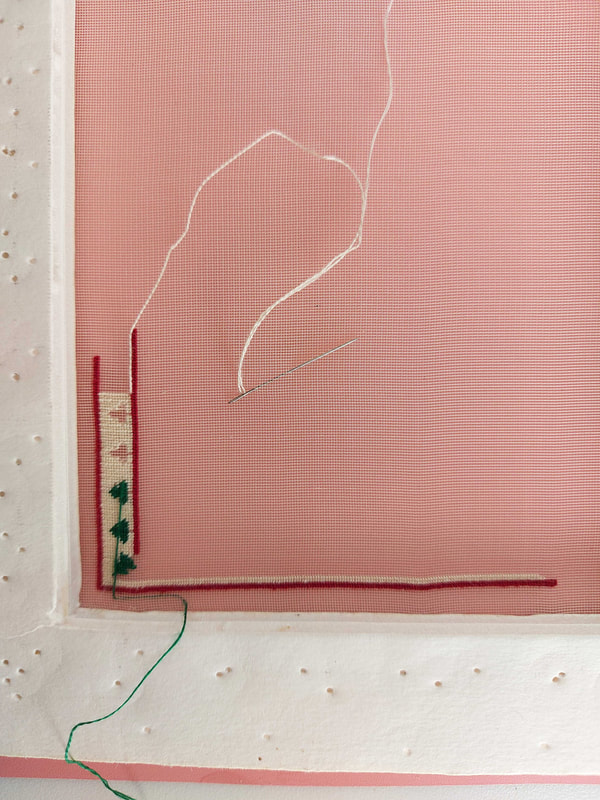
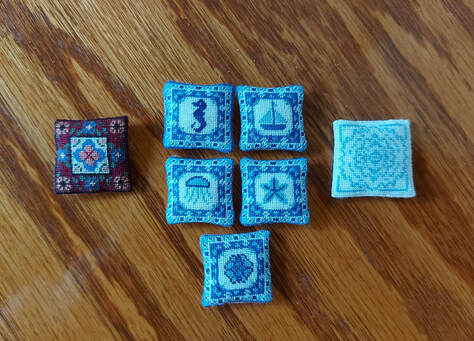
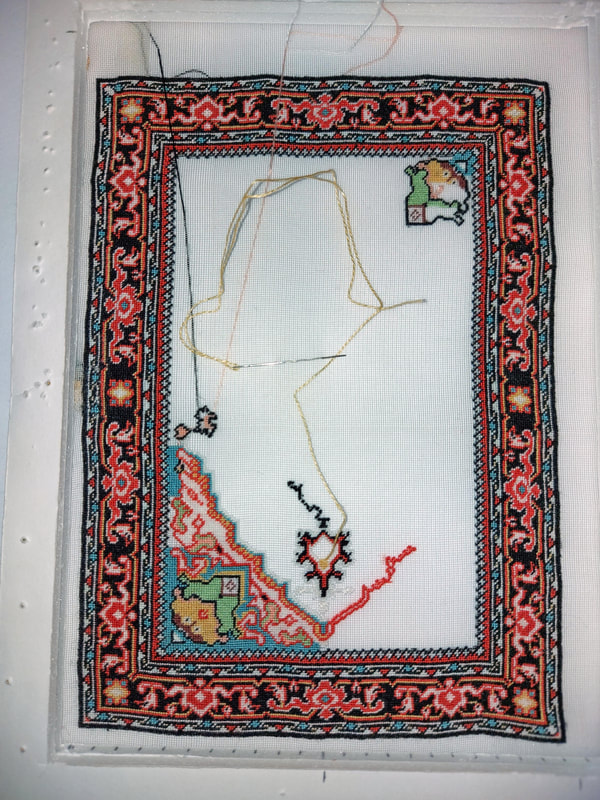
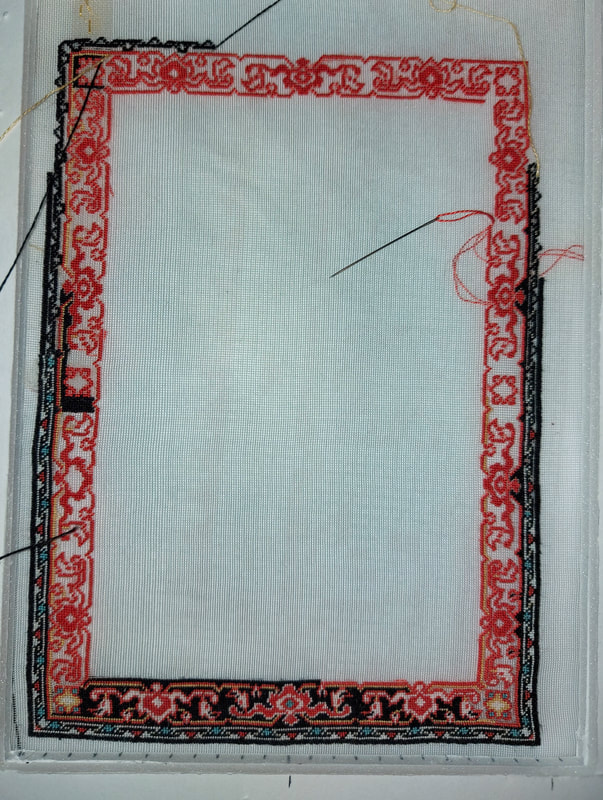
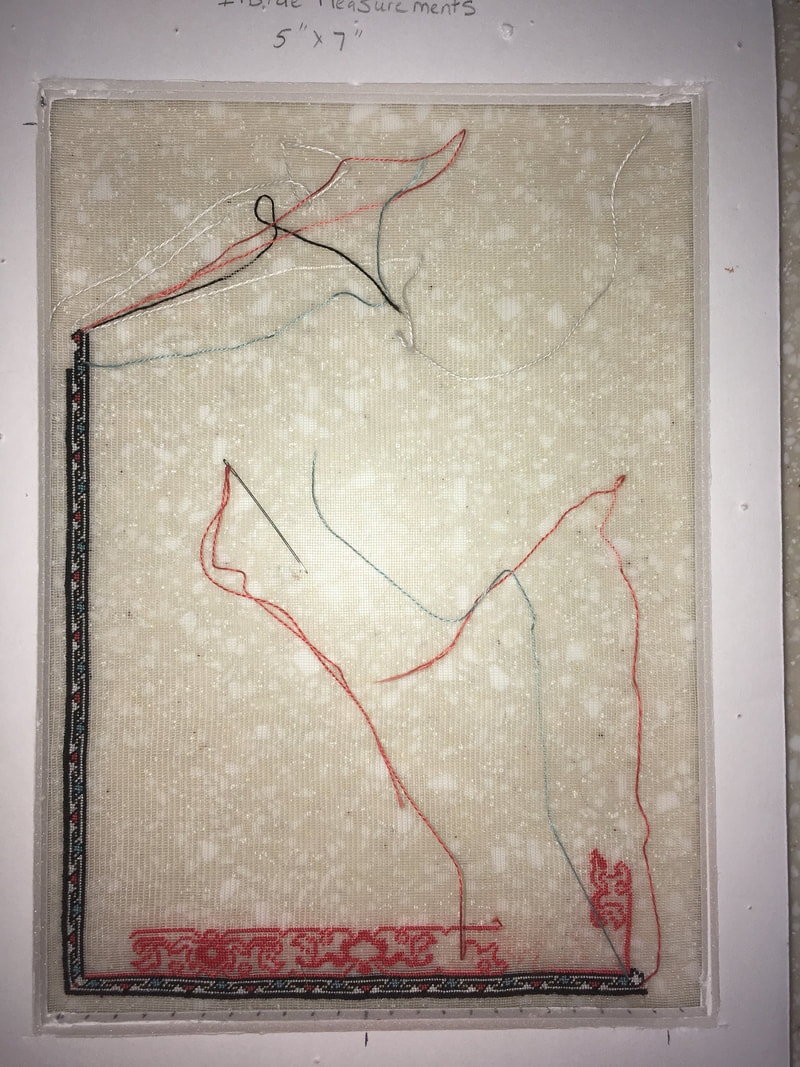
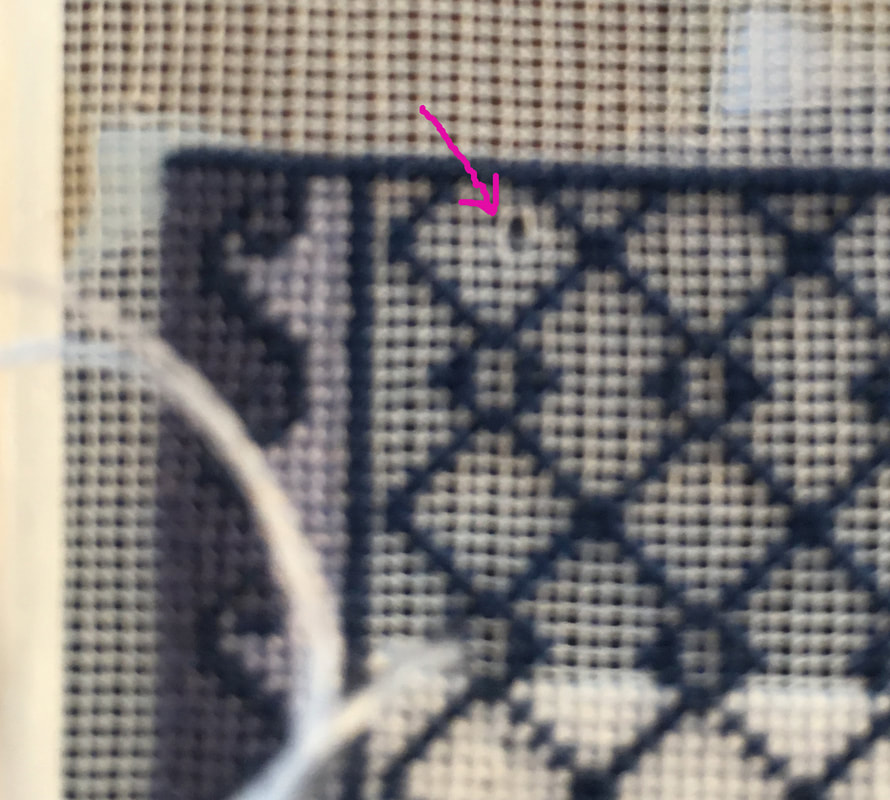
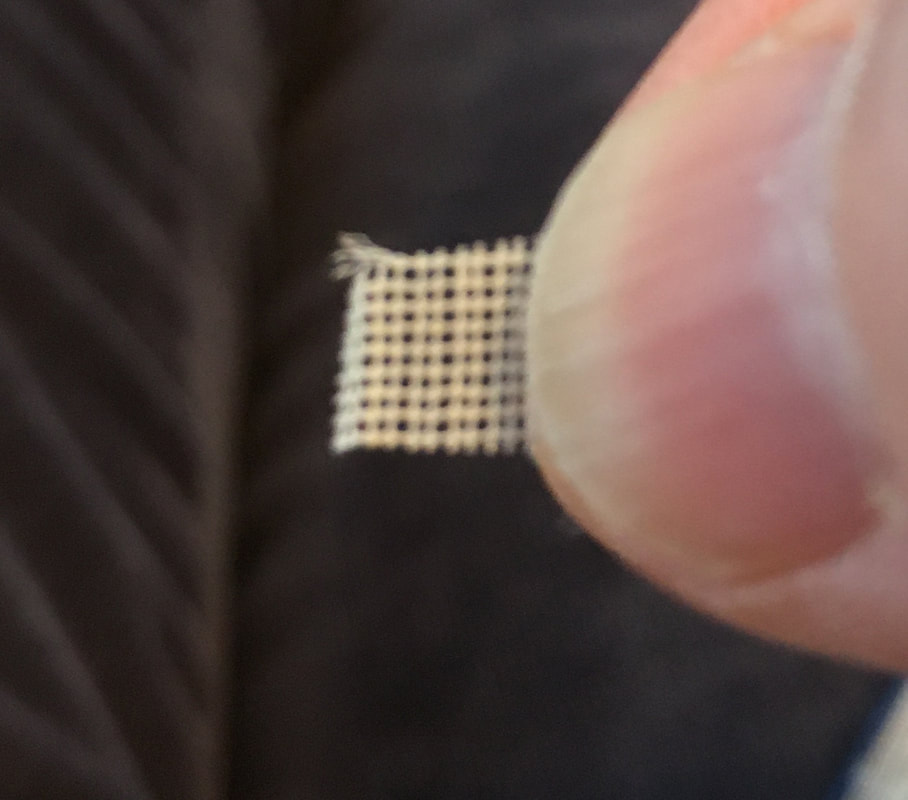
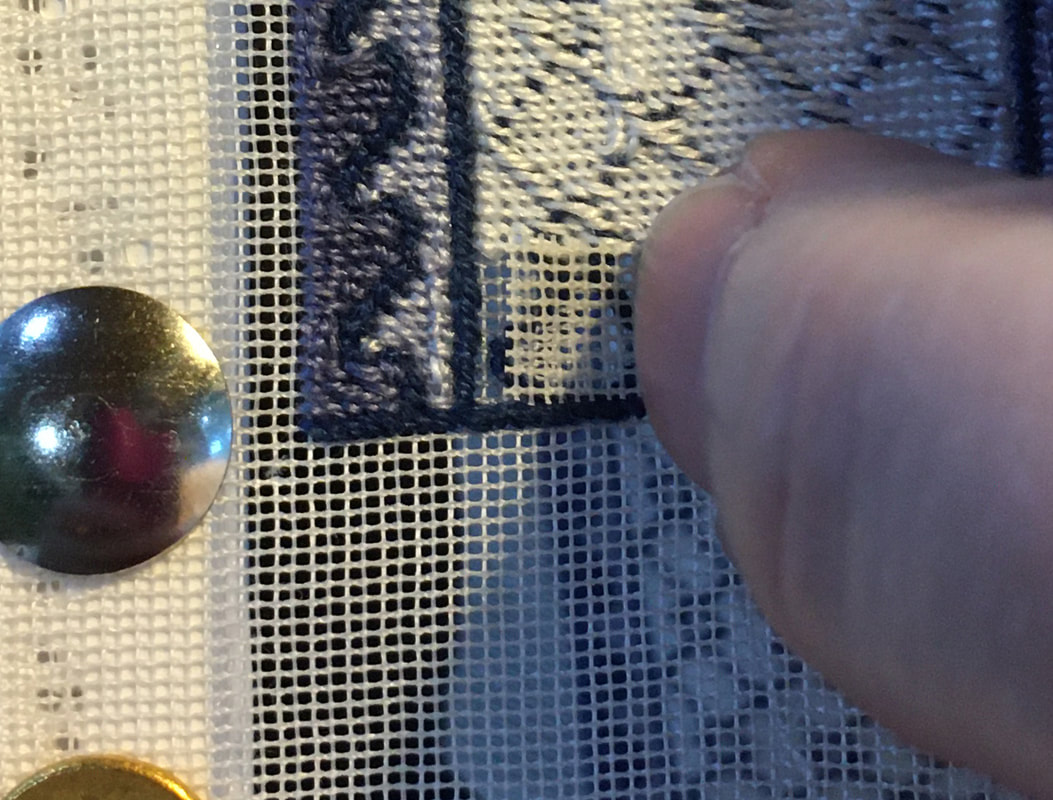
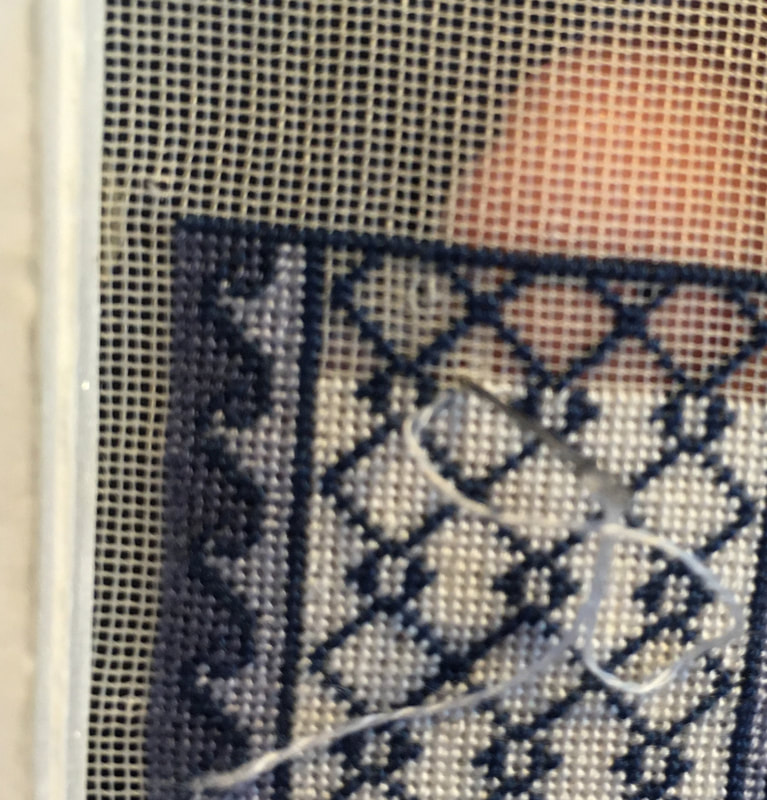
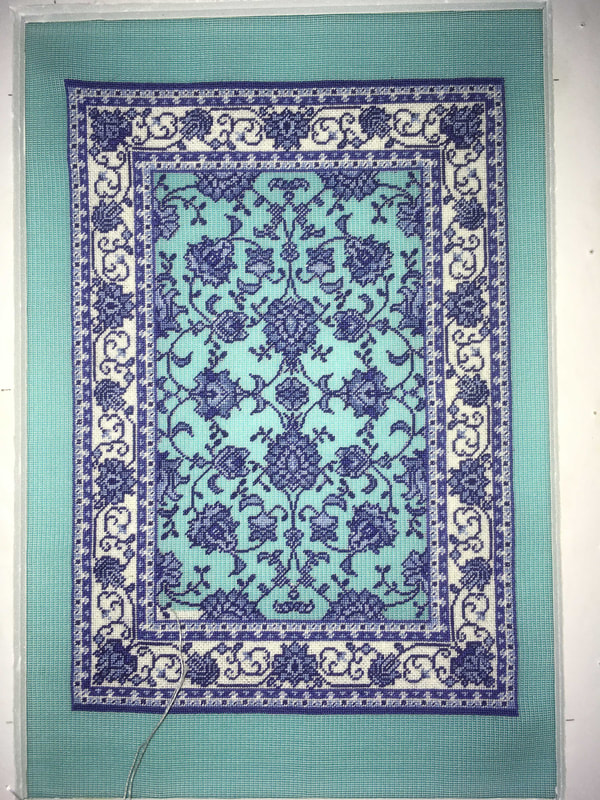
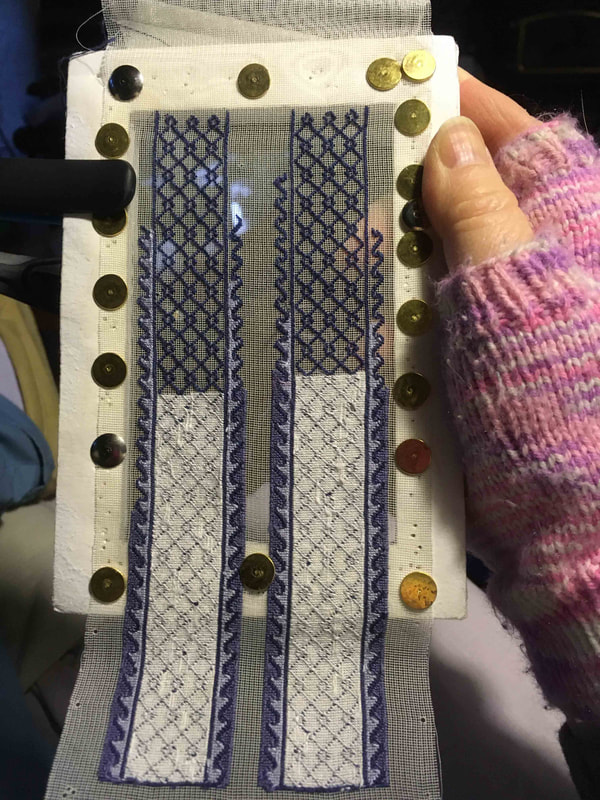
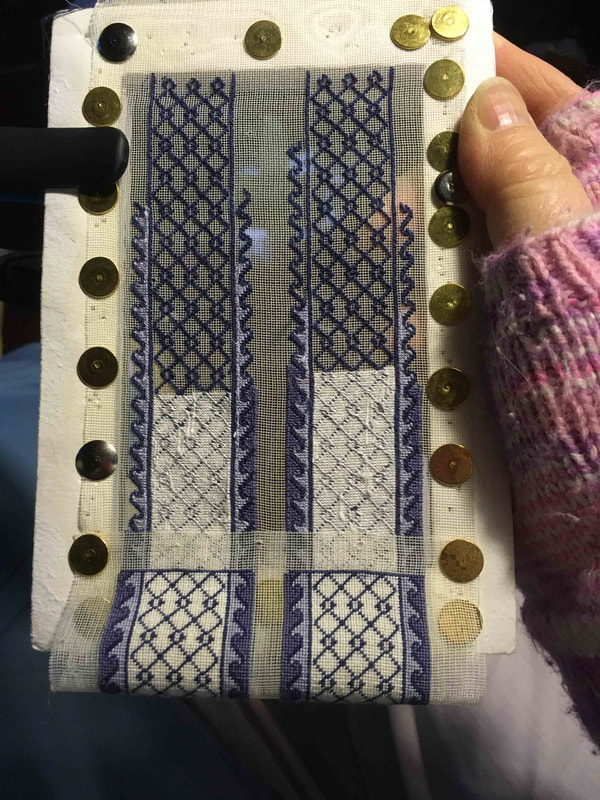
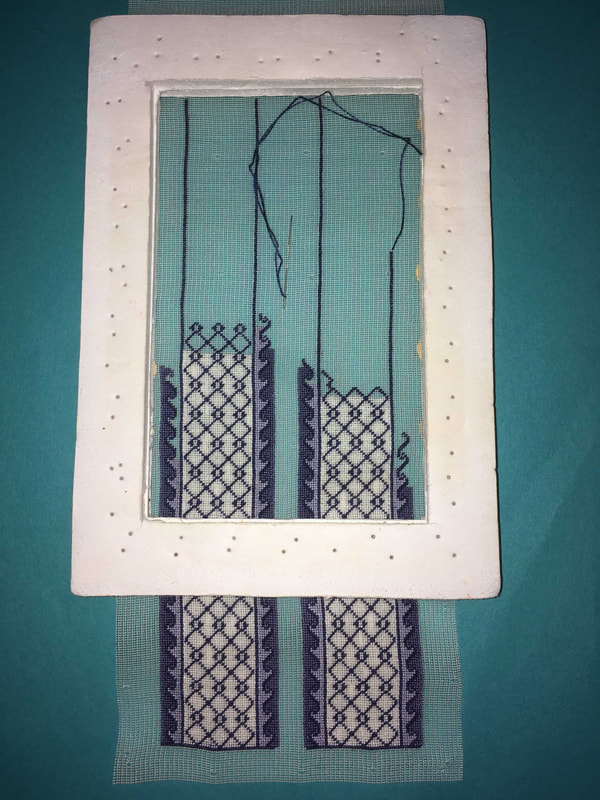
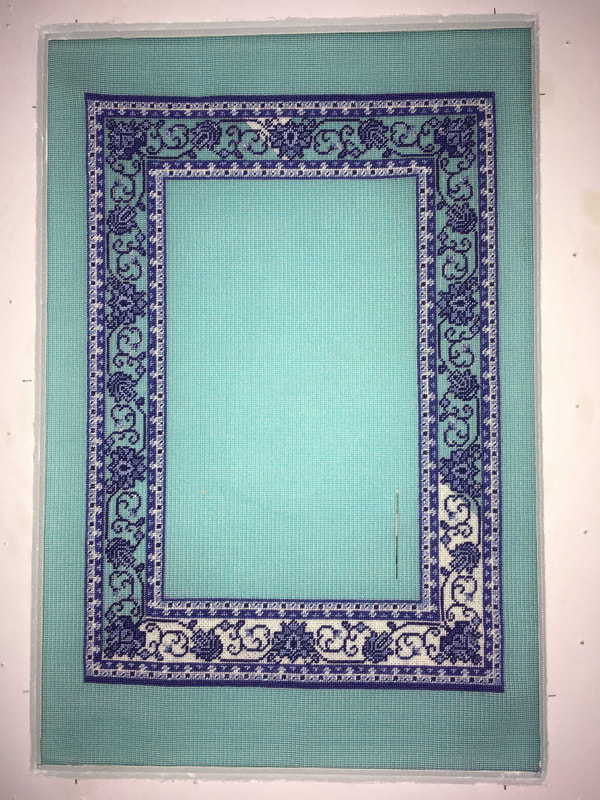
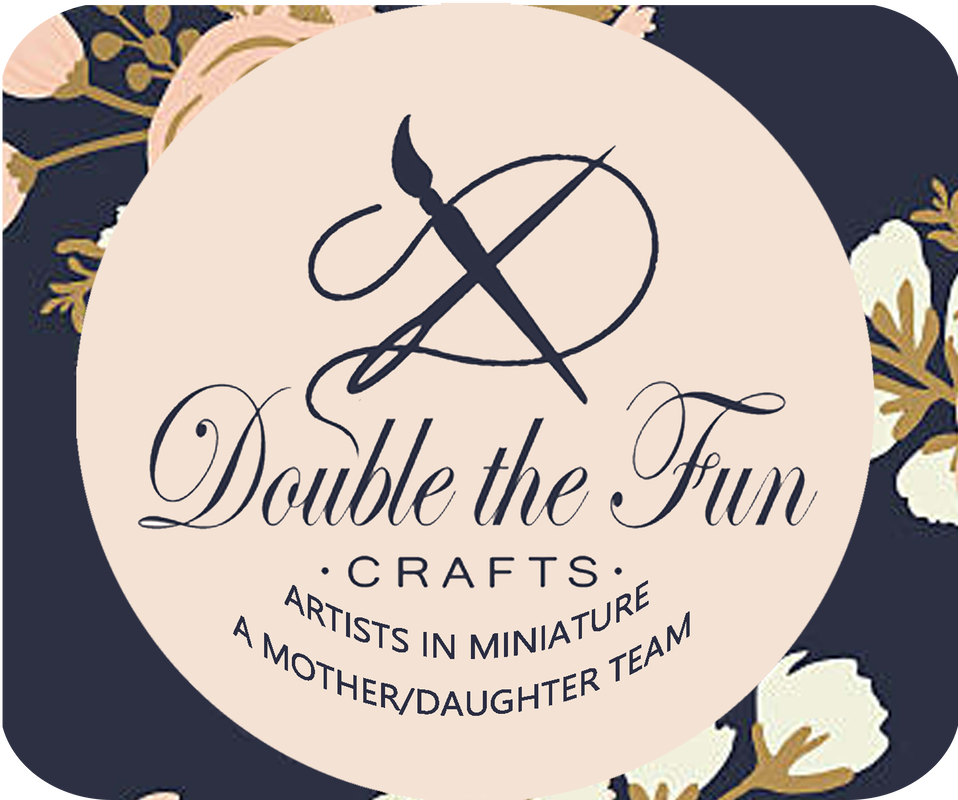

 RSS Feed
RSS Feed
